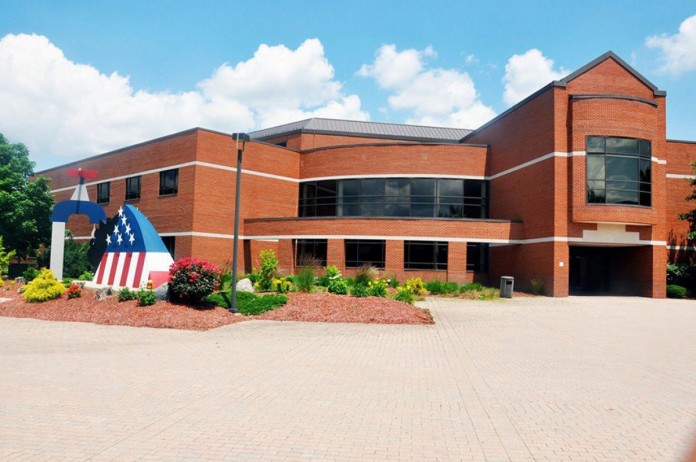
WILBERFORCE, Ohio — In February 2014, with the passage of the 2014 farm bill, Central State University was designated as an 1890 land-grant university, the second university in Ohio to hold land-grant status. Ohio State University was designated as an original land-grant university in 1862.
With this new land-grant designation, Central State will work closely with Ohio State’s existing Extension services as well as independently to establish its own research efforts. “It is going to be a collaborative relationship — not just a duplication, but building relationships,” said Greg Davis, interim director of Ohio State University Extension. “We will have two land grants to better serve the state.”
As funding begins to come in for Central State, the university is moving forward with efforts to construct new research facilities and install new academic programs.
Funding breakdown
Central State released a statement in late August describing federal and state funding received. Under the 1890 program of the USDA’s National Institute of Food and Agriculture, a $1.3 million facilities grant was awarded to Central State in 2014, with an additional $1.3 million pending for 2015.
A capacity building grant for $300,000 was issued in 2014 for research and $600,000 in 2015 for teaching and Extension. Central State also received $250,000 in 2015 for working with minority farmers under the Socially Disadvantaged, Small Farmer, Veteran and Rancher Grant.
Central State University received $4.4 million in funding from the state of Ohio for agriculture research and Extension initiatives as a part of the FY2016-17 budget bill signed by Gov. John Kasich. These funds were designated as a part of a state match requirement from Central State’s 1890 land-grant designation.
Of the $4.4 million, $1.85 million will go toward agriculture and agriculture-related research and $350,000 will be designated for Extension services. The state of Ohio has also issued $600,000 ($300,000 per fiscal year) for the establishment of a new school of agricultural education and food science in the university’s College of Education.
Funding use
The funding received by Central State will be used to purchase land surrounding Central State’s Wilberforce campus. Central State hopes to build a new Regional Technical Resource Center that will serve as administrative support to the university’s land-grant initiatives. Funds will also go toward renovation of an existing building, Emery Hall, for use as the Center of Excellence in Community, Farm, and Family Outreach. The main goal of this center is to provide learning and Extension services.
Central State will also construct an Agricultural, Food Sciences and Water Resources Field Resource Center for both students and researchers. The facility will house field work related to ecology, plant sciences, natural resources conservation and water for agriculture.
Funding will also be used in the establishment of an Ag-STEM institute. Additional funding will also be used for buying equipment and library resources for teaching and research.
Still to come
Central State is eligible to receive an annual amount of $2.5 million under the National Institute of Food and Agriculture’s Evans Allen Research program. The state of Ohio is expected to match this amount.
Funding for forestry research is expected through the McIntire-Stennis Capacity Grant program of the USDA following approval of the governor of Ohio. This grant also requires a state match. The grant would mean an additional $200,000-$250,000 annually for forestry research.
Academic offerings
Edwina Blackwell-Clark, director of university public relations at Central State, said Central State has started new initiatives in academics by offering a bachelor of science in sustainable agriculture — which will be available in the fall of 2016 through the college of science and engineering.
Other colleges on campus will be offering degrees with an agricultural concentration: The college of business will offer an agribusiness degree; and the college of education will offer a bachelor of science in agricultural education and Extension education. Programs already exist in natural sciences and water resources management and new faculty will be put in place as these new programs are developed.
Extension and outreach
Clark said Central State’s Cooperative Extension program will focus on the under-served, limited resource, and underrepresented populations and communities in the cities. Central State will install its own Extension agents in 10 counties, some of which will be co-located with a current Ohio State University Extension representative.
An agreement made
Ohio State and Central State universities met in mid-August to sign a Memorandum of Understanding on Extension Work for the State of Ohio. This four-page memorandum describes how the two universities will work together.
Central State will follow an Extension program reporting system already in place, and each university will appoint a contact person to represent their respective Extension program at a state level.
“We are still early in the relationship,” said Davis, adding a lot of ideas have been shared. “CSU is a much smaller institution, but they have a niche in natural resources,” said Davis. “What they (CSU) will gain is access to a much larger land grant system.”











